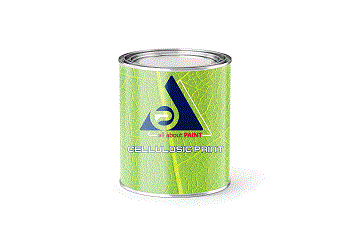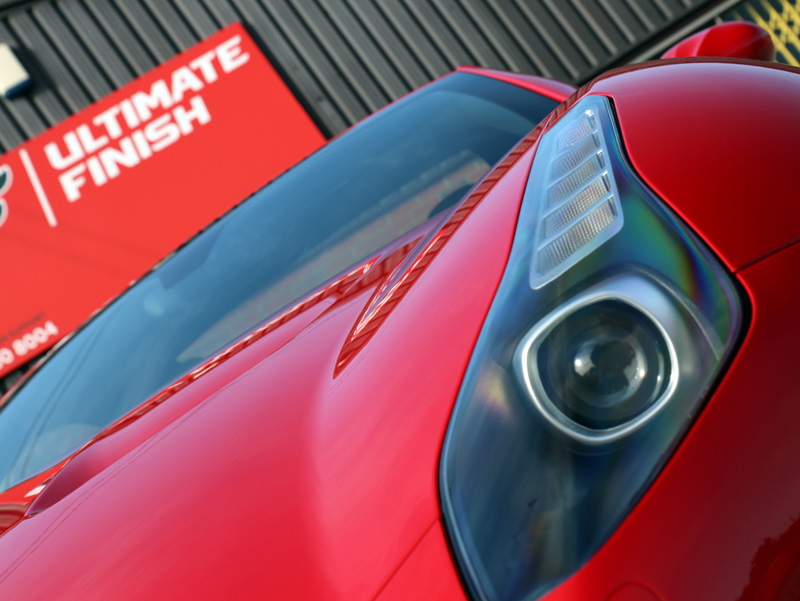What is the difference between metal primer and wood primer?

What is the difference between metal primer and wood primer?
To make your finished walls and surfaces look perfect after paint application, it is essential to use a primer. They are a particular variety of paint devoid of any pigment that acts as a foundation for the actual layer of paint to adhere to. There are a variety of primers available in the market for all types of surfaces, whether it is wood, metal, drywall, or concrete. Two of the most frequently used primers are wood primers and metal primers, as primers are key for painting wood and metal surfaces.
On a basic level, both these primers serve the same purpose: providing a uniform and a slightly textured surface for the paint to adhere to, improve the longevity of the paint job, and of course cover up any flaws on the surface. However, wood primers and metal primers serve their purpose in very different ways, customized to the properties of their intended surfaces.
What is a Metal Primer?
It is usually difficult to get the paint to stick on metal surfaces. Metals are a very reactive surface, and they tend to react with the paint and repel any bond chemically. To solve this problem, metal paint primers have been developed. They are compatible with the chemistry of both the metal surfaces and the paint to be applied. These provide a stable layer for the paint to stick on; either by negating any reaction, or by reacting in such a way that it promotes a bond between the paint, primer, and metal surface. Metal paint primers dry to a flat finish that is conducive for the paint to stick to. Metal primers also cover up scratches, mild rust, remnants of old paint, and other imperfections on the surface and provide a homogenous background for the paint job.
What is a Wood Primer?
In case of a wood surface, the problem is an inverse. Wood is a very porous surface and paint not only sticks readily to it, but in fact, tends to seep into it. To prevent any soakage into the deeper layers and to even out wood surfaces with a very pronounced grain, a wood primer comes in handy. They act as a sealant to the wood surface and ensure that the paint stays on top of it.

.png)
.png)
.png)
.png)




